Against the World: the Secret Life of Butte's Pigeons
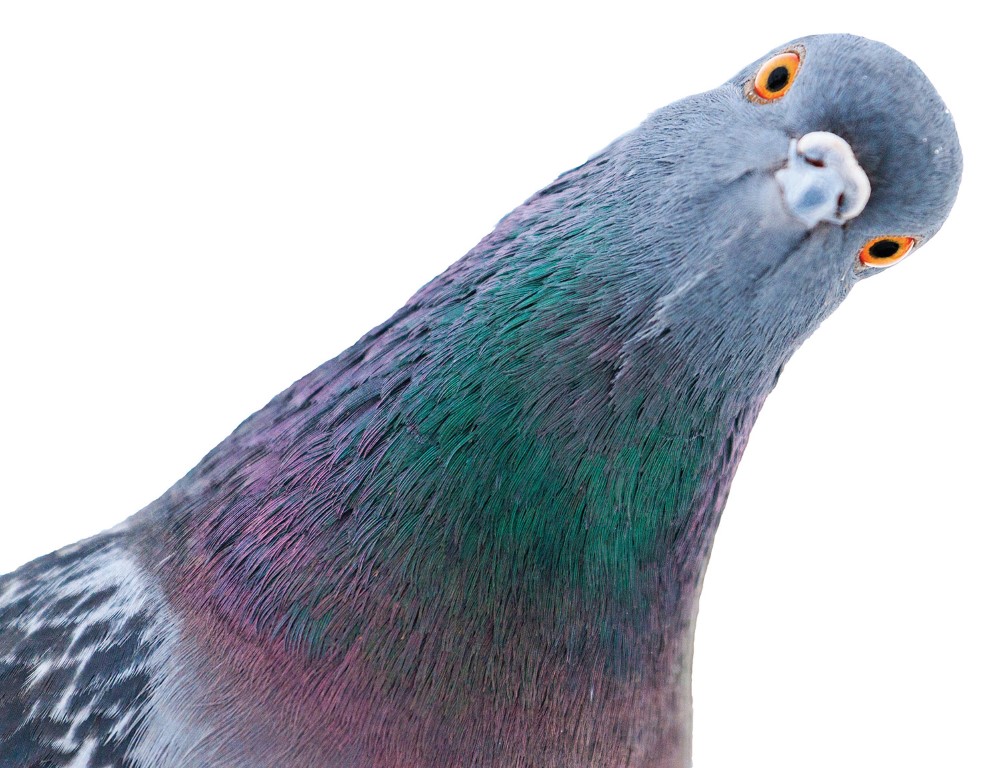
Pigeons show up in Egyptian inscriptions and old Hebrew mosaics. They were instrumental in both World War I and World War II, earning medals like the "Croix de Guerre" for their service. And in the roaring twenties, when one Wall Street millionaire wanted to share a hot stock tip with another investor, he'd send a pigeon with the message. Pigeons were bred for their intelligence, beauty, and their speed in racing And if you lend any credence to the Good Book, it was the pigeon (the ancient Hebrew reads "of the pigeon type), released by Noah, that discovered land after God's deluge. Humans and pigeons made a great team.
Then, somehow, it all went pear-shaped. We abandoned the pigeon. We cast out our noble friends.
In 19th-century North America, the passenger pigeon, once the most numerous bird on the continent, if not the world, were shot, trapped, blasted, or netted to extinction. Today's feral pigeons, collecting in the urban cliffs of New York City and points West are descendants of the European Rock Dove. In those cities, at least, there is some tradition of feeding the birds in a public park or courtyard.
But in Butte, America, the pigeons are a lot tougher than their big city cousins on the coasts. Butte pigeons face seemingly insurmountable obstacles to success, and yet somehow, through sheer will, they survive.
Like the city they call home, Butte pigeons thrive in adversity. There they manage to propogate in astonishing numbers despite living in an environment that is, more often than not, entirely hostile to them.
The first time I really noticed them was in a vacant building uptown. I was walking by one winter morning when I caught some motion through a window. It was a thin pigeon reeling drunkenly across the dusty floor. Now filled with a successful business, it was then a long abandoned storefront. A small hole in the rafters just admitted pigeons, but evidently prevented egress. In the course of their working their way down the building, they evidently got caught in there, unable to feed or to escape. Morbidly curious, I looked around the rest of the room. As I looked, one walked off of a high counter in a daze and landed ungracefully on the floor. Another seemed to have tipped over. Dozens littered the floor in various stages of desiccation. If modern pigeons have come to rely on us for food and shelter, this was the other side of the deal. Sometimes the Butte pigeon's proximity to humans proves unlucky.
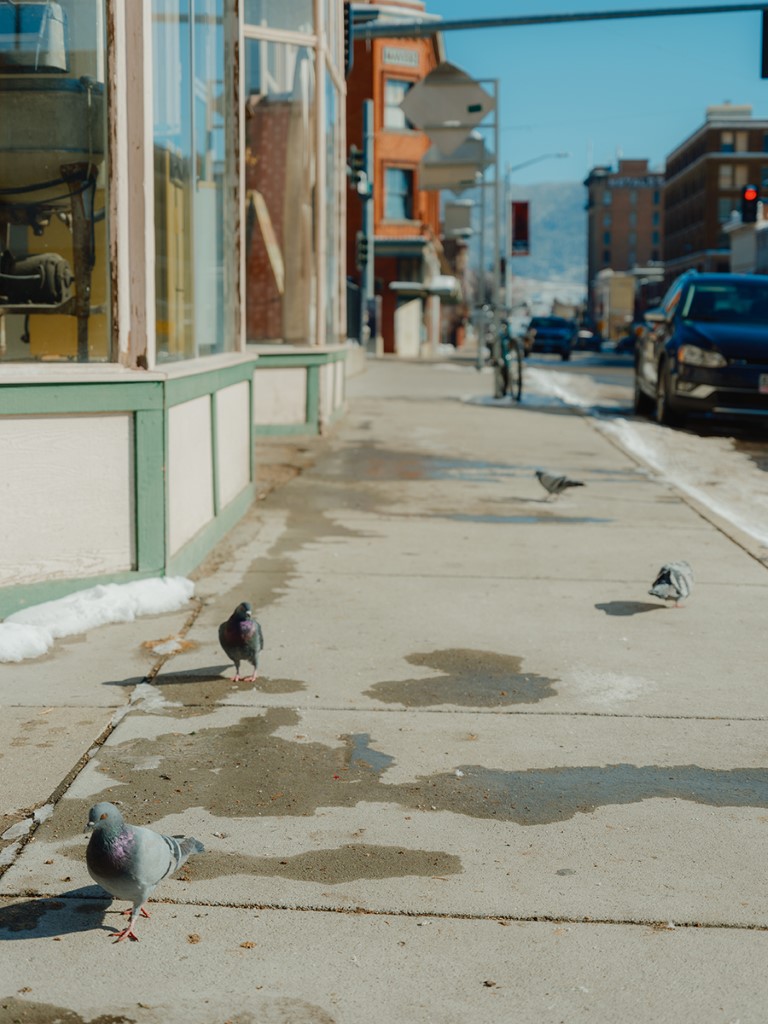
Life for pigeons is short and brutal. Some 35% of pigeons die every year. Most pigeons don't make it out of the nest, succumbing to starvation or, in the case of Butte, extreme cold weather. For those that do survive the nest, there isn't a particularly good chance that they'll live long enough to find a mate, or build a nest, or successfully sire offspring. To accommodate for the grim circumstances of their existence, they reproduce like the proverbial rabbits, laying eggs every two days in the certain knowledge most of them will die.
A Butte pigeon has only one mission, though the reasons for it may change over time: eat food. They must consume enough food to continue on in an environment without a reliably long-term food source, and uptown Butte is not a place overrunning with piles of grain and seeds. Luckily, pigeons have developed stomachs that, similar to goats, can turn almost anything into fuel. If someone buys a burrito from La Sirena and discards it on the street in front of the Finlen Hotel (what a waste of a terrific burrito!), a pigeon or five can make a meal of it. And if, though this would never happen in a city as perfect as Butte, an inebriated celebrant yacks his lunch into the shrubbery on St. Paddy's Day, a pigeon can eat that, too. Perhaps to complement their iron-clad stomachs, pigeons have only 37 taste buds. We ought not to try their lifestyle, however, as we have 10,000 of the pesky things.
Once the pigeon becomes a parent, all of that food serves another purpose as well. It goes, oddly enough, towards the production of milk.
Though it's not the lactose-containing mammalian milk that we may pour on our morning cereal, pigeon "milk" is still a nutrient-rich food source that contains antibodies. It looks (ew) like a pale yellow cottage cheese. Whatever your definition of milk, pigeons "nurse" their young. But they need more calories to make the crop milk, so called because it is produced in the animal's crop, a pouch near the gullet that stores food until it is ready. Newborn pigeons can't digest seeds, so the mother (or father, since both sexes produce crop milk) has to stop eating for a couple of days before the chicks are hatched so as not to poison their milk.
The pigeon parent then gradually adds adult food, softened in the crop, until the juvenile can digest their own. This takes about two weeks, provided the chicks survive, which in Butte is by no means certain. For one thing, despite all their fastidiousness in preparing to produce milk, they are abysmal builders. Their nests are usually little more than a few sticks splattered with dung. Sometimes a newly laid egg simply rolls off of an uptown Butte ledge and plummets onto sidewalk or asphalt.
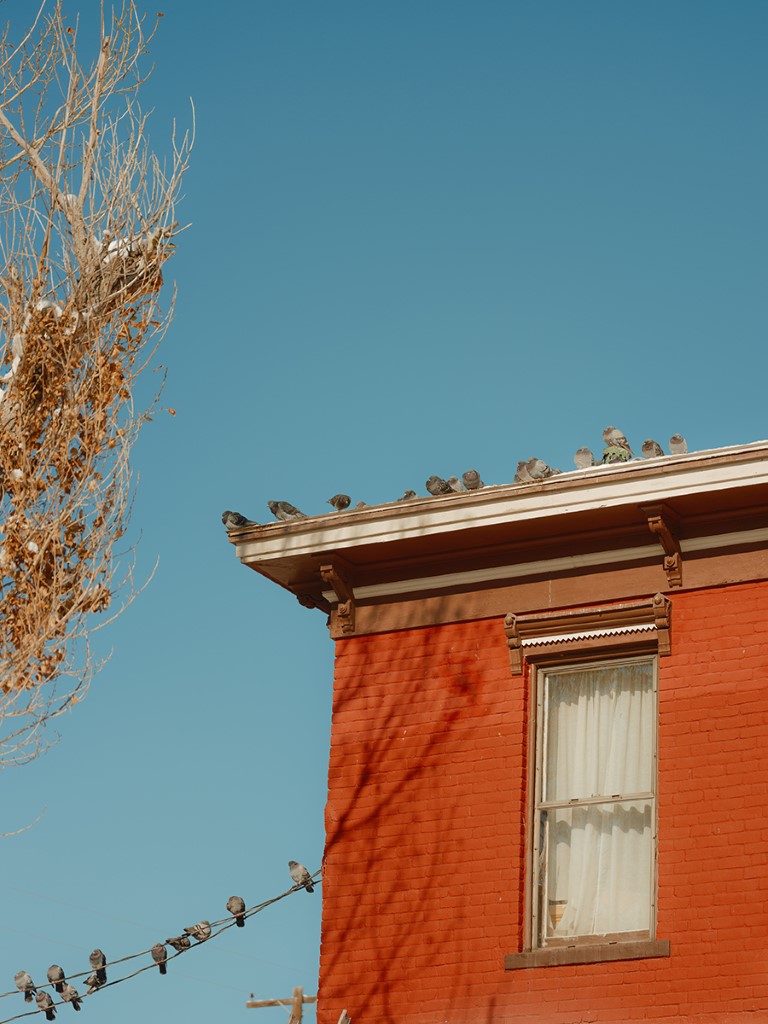
And lots of other things besides gravity want to kill Butte pigeons. Not the least of which are people. That they can be a hassle is undeniable; the average adult pigeon produces 25 pounds of shit a year, most of which seems to end up on my car or winter coat.
All of that poop is more than just unsightly - it provides a food source for fungus that, in turn, produces acid. Acid that eats into historical brickwork and statues in America's largest historic district. Estimates place the national price tag on pigeon-shit damage at $1 billion yearly. What, then, is to be done?
Well, on their website Montana Fish & Wildlife writes (with almost detectable ill-will towards the birds) that "were originally domesticated in Europe and brought to the U.S. where they eventually escaped to the wild. Consequently, pigeons are not a native wildlife species and are not protected in Montana. Pigeons may be taken at anytime, and their nests and eggs destroyed. The spread of pigeons has been most noticeable in urban areas where they have become a nuisance."
Methods to "deal with" pigeons range from spiky protrusions placed on likely roosting spots to a sticky substance used as repellant to traps. None of them are 100% effective.
Maybe a nuclear blast would do it, but we wouldn't want to destroy America's largest historic district. Besides, there'd probably be a gaggle of three-eyed pigeons pecking through the ruins even then.
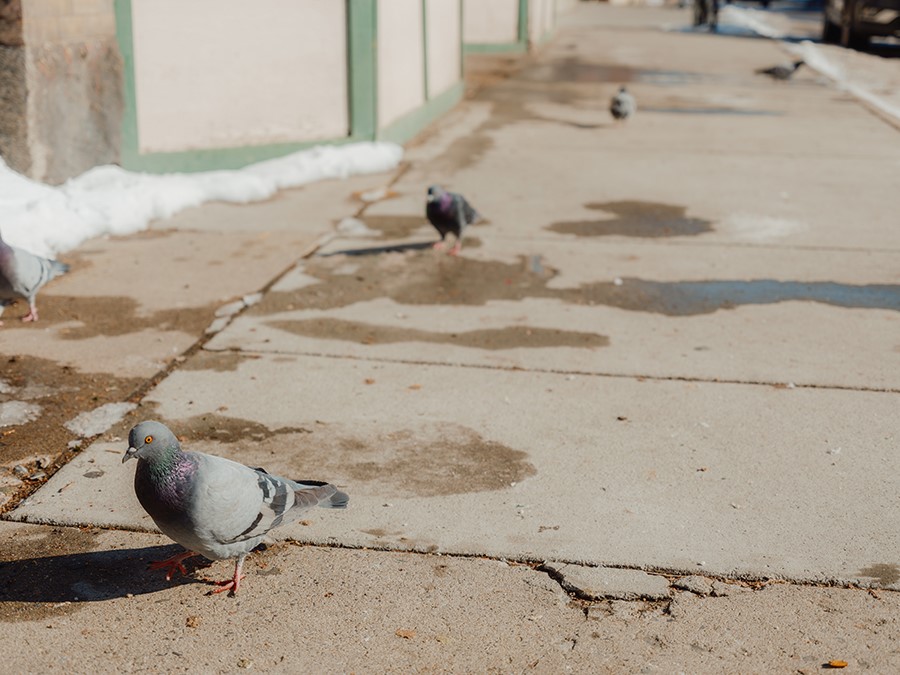
We've only scratched the surface of how amazing pigeons really are - how they just might be nature's masterpiece. Have you ever seen a dead pigeon in the grill of a truck? Probably not, because they see everything in what we would consider slow motion, about 70 frames per second in film-speak. To them, even the fleetest car barrelling down Harrison looks like a hippo out for a stroll.
Here's another: there are precious few examples in the animal kingdom of critters being able to discern their own reflection in a mirror. Most animals get mad and wonder who's the asshole mimicking them. But in lab tests, pigeons recognize the uncanniness of the mirror pigeon mimicking their every move and react to them differently than they do actual pigeons. They have roughly the same awareness, when it comes to mirrors, as monkeys.
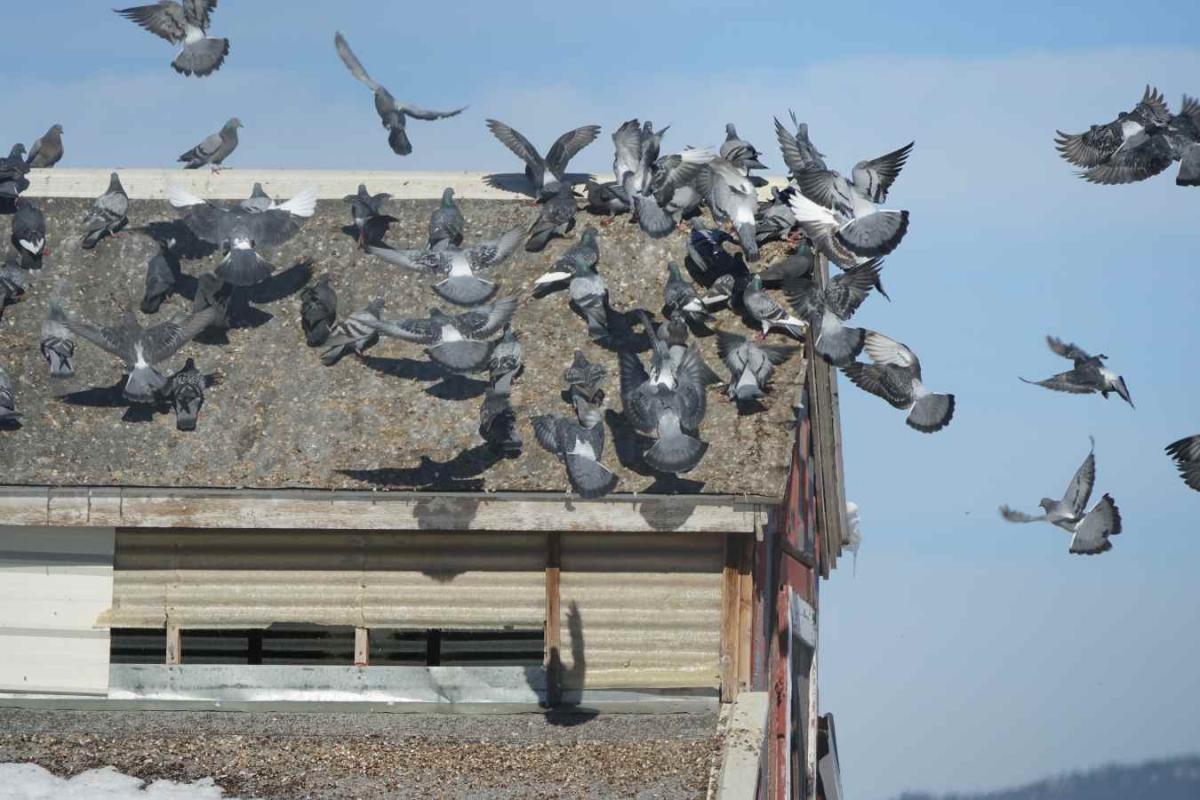
Pigeons have hearing so sensitive that they can perceive distant storms and volcanoes going off. Oh, and they can also detect cancer, in addition to their famous homing capabilities.
So I've got a little proposal for the great city of Butte: don't fight 'em, join 'em. Put these pigeons to work. Butte should be at the forefront of restoring the pigeon/human alliance.
Build them a pigeon milk bottling plant and a series of porta-potties to befoul rather than uptown brickwork. Get them little hardhats and use them to send messages from the Berkeley Pit to Rocker and then to Anaconda. We'll need a pigeon milk bottling plant. Let's get them directing traffic with their slow-motion vision.
In fact, if we got them little pick-axes, they just might be able to mine, too.
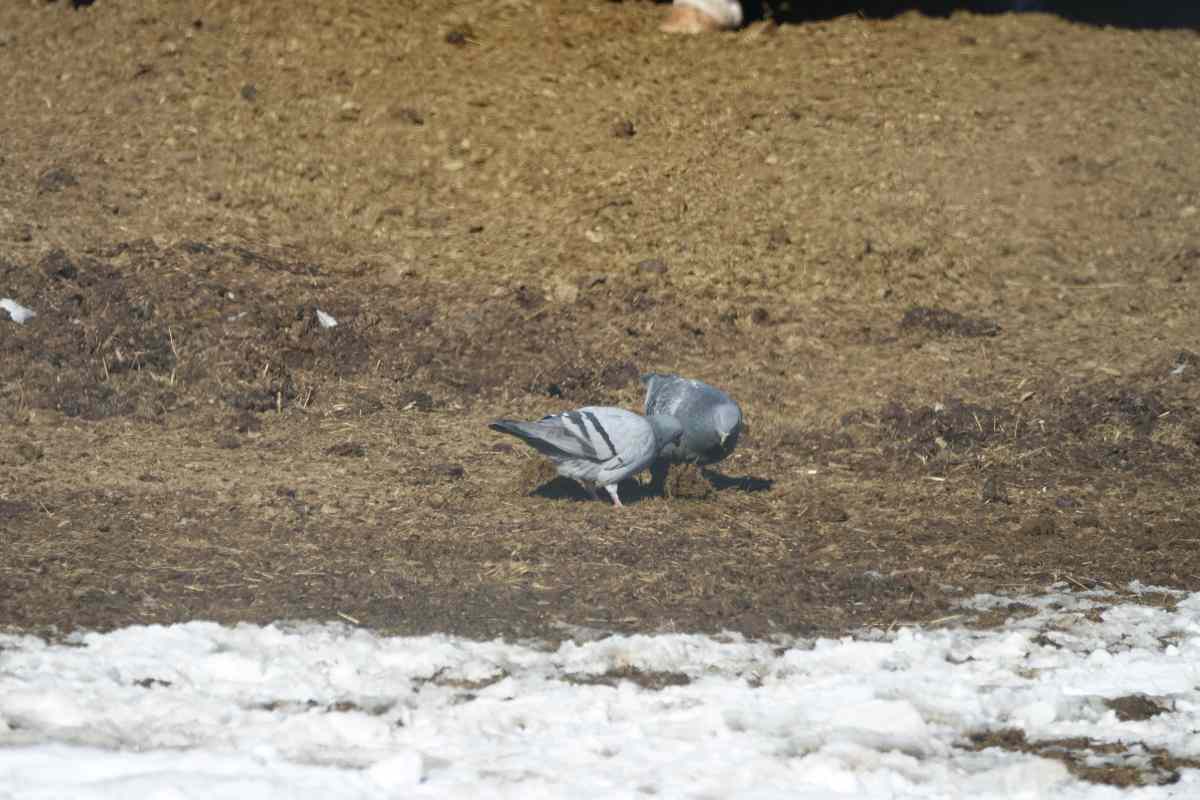
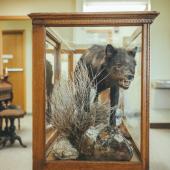
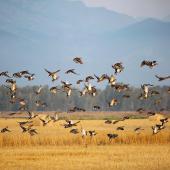

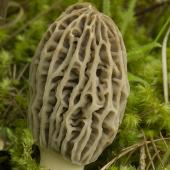
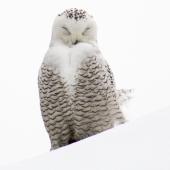
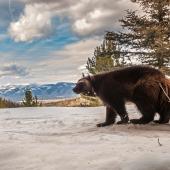
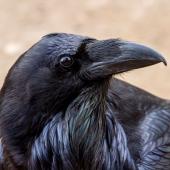
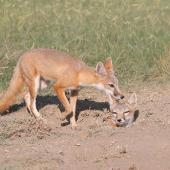
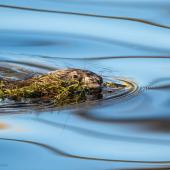
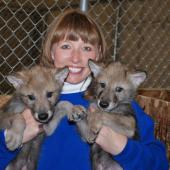
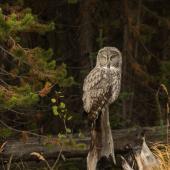
Leave a Comment Here